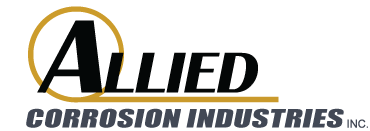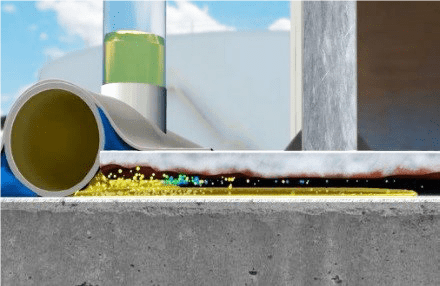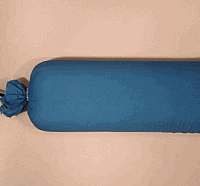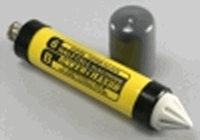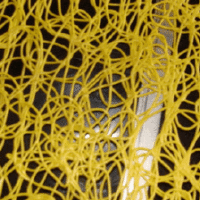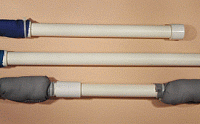Soil Side Bottom (SSB) corrosion of aboveground storage tanks (ASTs) is a major cause of tank bottom failures that are costly to repair and potentially hazardous to the environment. This specific type of corrosion is called soil side pitting, and is typically caused by the ingress of external contaminants and moisture through gaps between the metal tank bottom and the soil or concrete slab it rests on. The continual filling and emptying of the stored product within the tank causes its metal bottom plates to flex, creating a bellows effect that draws in moisture and contaminants.
Traditional cathodic protection (CP) methods have been employed to prevent soil side bottom corrosion, but a cathodic protection system cannot function when vapor space gaps disrupt the electro-chemical circuits formed by direct contact between the soil and the tank bottoms. Paint on bottom plates can be destroyed by the heat of welding. Bitumen layers tend to dry and crack at the edges allowing moisture to enter. The concrete in foundations or double bottom fills is porous, and over time allows entry of moisture and contaminants. These methods do not work, hence the global prevalence of tank SSB leaks.
